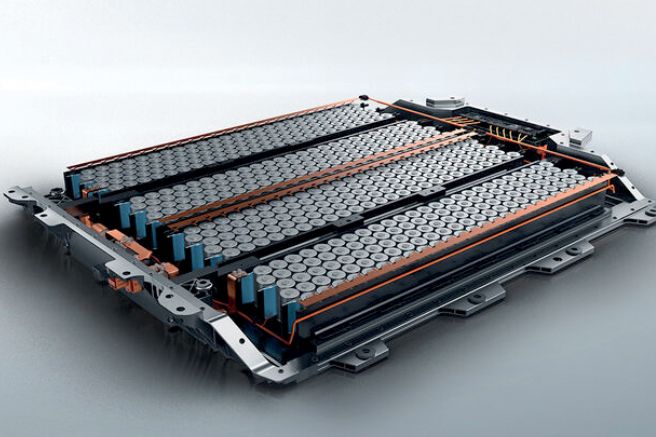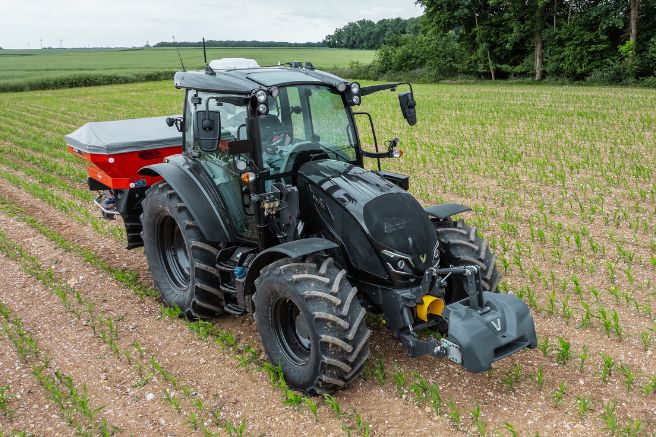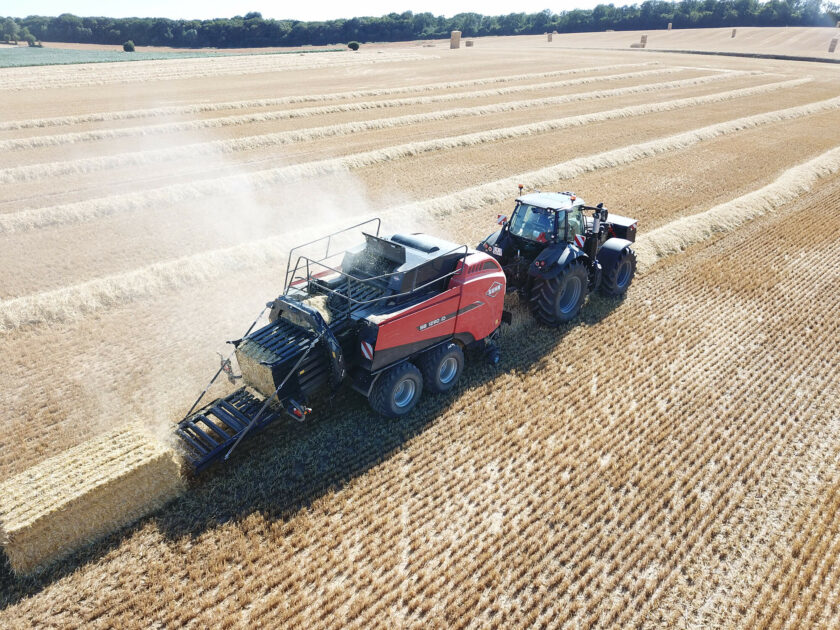
For Italian wheat, 2024 will not be a good year. For durum wheat, forecasts are limited to just three and a half million tons, a decrease of eight percent compared to 2023 and 15 percent compared to the long-term average. This is according to estimates from Crea, the Council for Agricultural Research and Economics. This decline is mainly due to unfavorable weather conditions, particularly in the southern regions of Italy, where decreases are estimated to range from thirty percent in Puglia to seventy percent in Sicily.
Strategic for Profitability
In essence, in some fields, the collection of straw will be crucial for business profitability, as long as it is done with a focus on optimizing time and costs. These variables are positively affected by Kuhn’s square balers from the haymaking range, available in four models labeled “Sb”. The first, the “Sb 890”, has a channel that is 80 centimeters wide and 90 centimeters high, dimensions that increase to 120 and 70 centimeters respectively in the “Sb 1270 X”, where the “X” indicates extra dense bales characterized by masses above standard category.
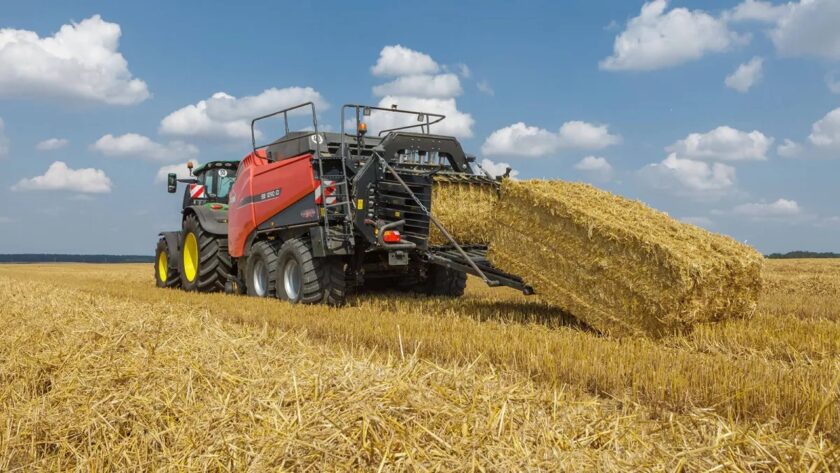
Following these are the two top-of-the-line models, conceptually and structurally different from each other, labeled “Sb 1290” and “Sb 1290 iD”. The latter’s acronym stands for “Intelligent Density,” denoting an original Kuhn construction solution, the double piston, aimed at producing bales of even higher density than those made by the “Sb 1270 X” balers. It is worth noting that, given the similar compression chambers, the dimensions of the bales are the same for both “1290” models, 90×120 centimeters, with the same achievable lengths, from a minimum of 60 centimeters to a maximum of three meters.
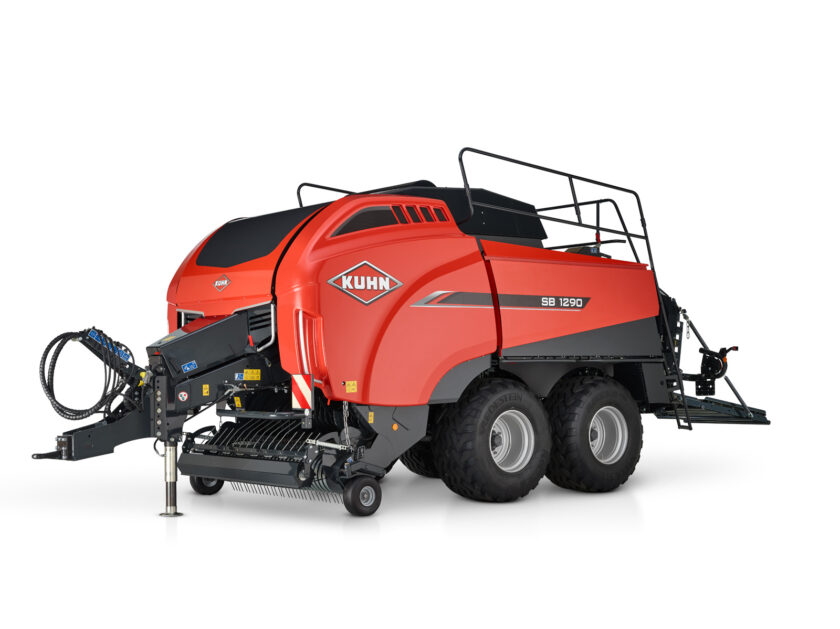
These dimensions are also applicable to the “Sb 890” and the aforementioned “Sb 1270 X”. Further uniting the four models are the windrow compression roller and the pickup. The former, called “Powerfeed,” compresses the windrow to increase its uniformity and reduce its volume, thus facilitating pickup collection and ensuring twenty percent more product feeding into the chamber with an operational front of 230 centimeters.
Five Tine Bars
The pickup is equipped with five tine bars, with tines spaced 61 centimeters apart. The bars are also supported by specific cams that facilitate collection when operating at low speeds if the materials are particularly difficult to gather. This system effectively maximizes raking precision and also facilitates the action of subsequent rotors, available in “Optifeed” and “Omnicut” versions. The former has no cutting organs and features diameters of 48 or 60 centimeters, depending on whether it equips the “Sb 890” or higher models. The “Omnicut” rotor, with a generous diameter and a “V” shape that facilitates processing, allows for cutting the collected material when necessary into fragments of 45 or 70 millimeters, depending on the number of knives used, adjustable via a hydraulic valve. The cutting unit can indeed activate various groups of knives, starting from zero and then increasing to 11, 12, and 23 blades, which chop the crop before it is sent to the compression chamber where a piston, managed by four pressure control cylinders also hydraulically operated, acts. The piston operates at 46 strokes per minute, ensuring high pressing capacity and, consequently, a high density of the bales.
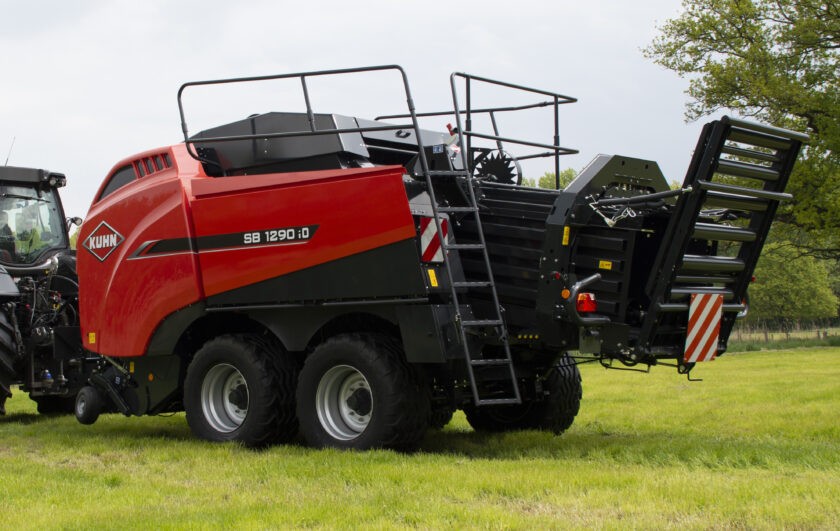
However, at the piston level, the “Sb 1290” and “Sb 1290 iD” models differ. The latter, as mentioned, has unique construction features on the market, operating through the “TwinPact” double-piston system that allows for creating very high-density bales while minimizing mechanical stress on moving parts and the machine’s structure. The two pistons are indeed superimposed and operate in a harmonious sequence of complementary compressions kept distinct from each other. The loading and compression sequence involves a feed fork operating downstream of the rotor, responsible for filling the pre-chamber until the measuring plate certifies the correct filling level. When this occurs, the plate is pushed back, activating the second function of the fork system, which is to empty the pre-chamber and push the slab forward to the pressing chamber. Here, the alternating motion of the two pistons will operate on only 50 percent of the surface to be compressed, but by doing so, the 46 strokes per minute of the “Sb 1290” are effectively doubled, thus exerting higher pressures with lower power requirements.
Up to 25 Percent Higher Density
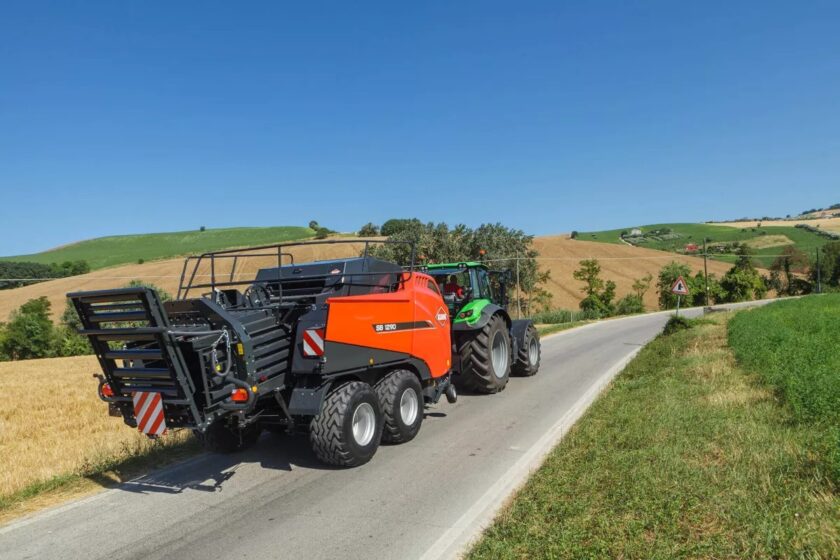
This allows for an increase in bale density by about a quarter compared to square balers of the same size. With the same power consumption, the “Sb 1290 iD” allows for safe operation even at speeds and volumetric loads that push other market solutions to their structural limits. Coupled with a 200-horsepower tractor, the “Sb 1290 iD” can produce heavier bales while saving a significant amount of fuel. This model is therefore particularly suited to more demanding missions, such as high-speed baling of straw or biomass crops, even under challenging conditions. The final result is a high-density bale whose structural solidity is then ensured by a consistent double-knot tying system that securely contains the higher masses produced per unit volume.
Title: With Kuhn’s “Sb 1290 iD” Square Balers, Maximum Value for Straw
Translation with ChatGPT






